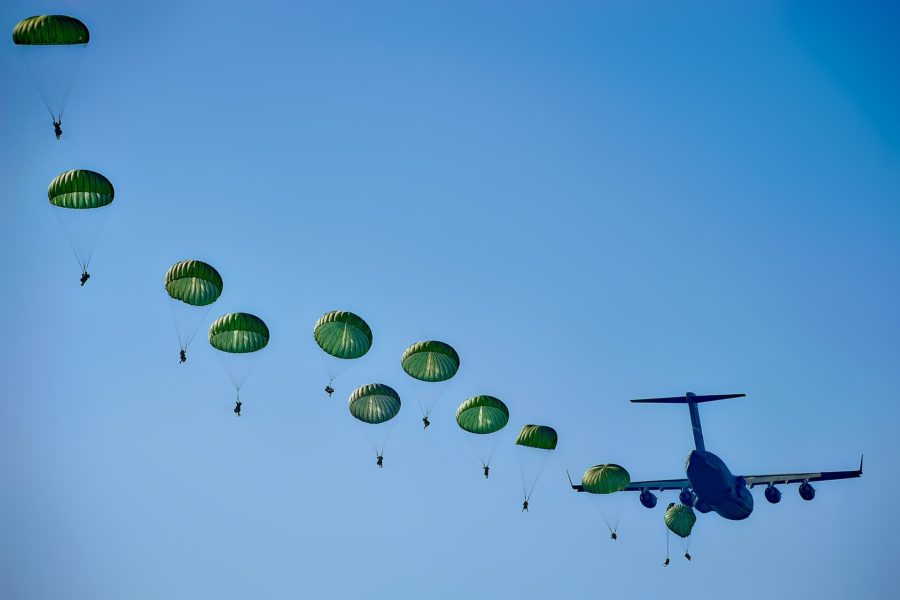Unless a vaccine changes the game, or the coronavirus mutates itself away, it looks like a long haul for the aviation sector. Or may be not if they manage to diversify/experiment.
Moody’s Predictions
Moody’s Investor Service released its credit outlook earlier this week, according to which aviation will not fully recover before 2023.
Passenger demand will be restricted through 2022 by
- Health concerns
- Changes in corporate travel policies
- Potential restrictions on international arrivals
- Lower discretionary spending because of weaker GDP and higher unemployment
Moody’s modeled two scenarios assuming a recovery by 2023 or later years. Most airlines will carry substantially more debt in 2023. Faster and slower recovery cases assume 2023 passenger volumes recover to around 95 per cent and 85 per cent of 2019 levels respectively.
Moody’s further states
- Passengers may be affected by health screening and risks of denied boarding beyond the pandemic.
- Corporate travel is likely to be damaged by 2023.
- Governments may require deeper carbon emissions reductions from airlines.
- The industry will undergo substantial permanent structural changes.
- Potential for failures of weaker airlines and government intervention will leave fewer, larger companies, polarized between more efficient operators and strategic state-supported airlines.
MarketingScoops’ Predictions
Based on the pivot/diversification trends across the industry in response to Covid-19 impact, MarketingScoops makes these predictions for aviation in the interim, until normal times return.
- A few airlines are already doing cargo, more will join.
- Drop in prices to enable more flyers.
- Increased domestic tourism and curated domestic packages, of course, with robust screening and safety precautions.
- Changes in seating structure to encourage more people to fly – for example – single, in-line distanced seating, rather than conjoined seats.
- “Fly over” tours will become popular. There are no-landing “fly over” tours to North Pole from a few countries in northern Europe. To avail those tours, one has to reach those countries, which makes the effort all the more difficult. Also such tours are highly limited in number. To beat bad times, Airlines may operate a number of fly-over tours to (or rather ‘over’) North Pole, South Pole, the Amazon rainforest, Mount Everest, Kailash Mansarovar, etc., directly from various cities across the world. So, during this time, when normal tourism to regular places is not possible, travel lovers can seek fun in off-beat adventures like flying over the poles and other hard-to-reach places. However, fly-over tours work at cruising altitude (about 35,000 feet), from which barely anything is visible, so they may not be all that fun. There should be a way to safely fly over closer to the ground, may be at skyscraper altitude! (Wishful thinking).
- Fly-over tours are of very short duration, and travelers may not find them cost effective. Therefore, multi-point fly-over tours may be introduced for famous tourist attractions – for example – a package covering Eiffel Tower, London Bridge, Great Wall of China and a cluster of such attractions.
- Packages of fly-over tours of multiple countries/cities may also work.
- Sky-dive adventures (that are now available only in a few cities) may become available in all cities.
Man is a nomad, a traveler by nature. We have lived as nomads for 99% of our history, until about 10,000 years ago. This one is going to be a difficult time for travel lovers. Or may be evolution intends us to cut-down physical travel, and undertake more of virtual travel.
Another option during these travel restricted times is to probably take inward spiritual journeys and connect with oneself!




